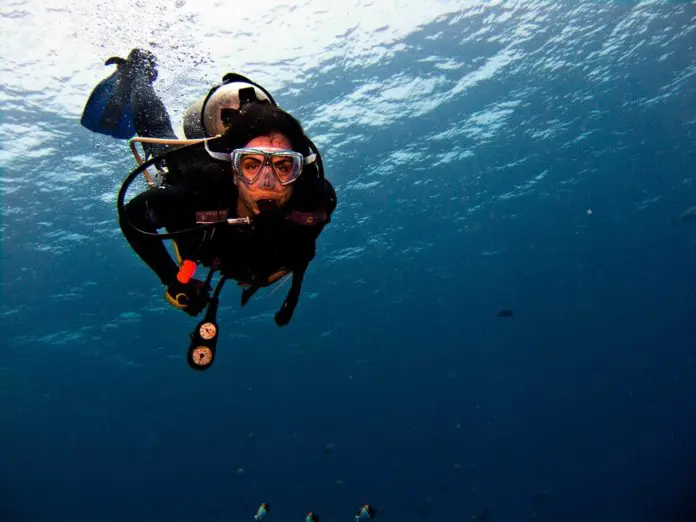Divers may want to be careful to not overexert themselves after a dive.
A new study published in the Journal of Applied Physiology has found that exercising after a dive could increase the risk of an arterial gas embolism.
According to the abstract, “arterialization” of gas bubbles after scuba diving has usually been associated with preexisting heart problems.
“Recent studies have demonstrated the right-to-left passage of bubbles through intrapulmonary arterial-venous anastamoses (IPAVA) that allow blood to bypass the pulmonary microcirculation,” according to the abstract. “These passages open up during exercise, and the aim of this study is to see if exercise in a postdiving period increases the incidence of arterialization. After completing a dive to 18 m for 47 min, patent foramen ovale-negative subjects were monitored via transthoracic echocardiography, within 10 min after surfacing, for bubble score at rest. Subjects then completed an incremental cycle ergometry test to exhaustion under continuous transthoracic echocardiography observation. Exercise was suspended if arterialization was observed and resumed when the arterialization cleared. If arterialization was observed a second time, exercise was terminated, and oxygen was administered. Out of 23 subjects, 3 arterialized at rest, 12 arterialized with exercise, and 8 did not arterialize at all even during maximal exercise. The time for arterialization to clear with oxygen was significantly shorter than without. Exercise after diving increased the incidence of arterialization from 13% at rest to 52%. This study shows that individuals are capable of arterializing through IPAVA, and that the intensity at which these open varies by individual. Basic activities associated with SCUBA diving, such as surface swimming or walking with heavy equipment, may be enough to allow the passage of venous gas emboli through IPAVA.”
To read the full study, click here.

